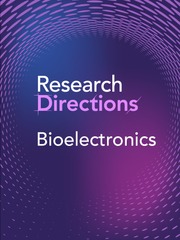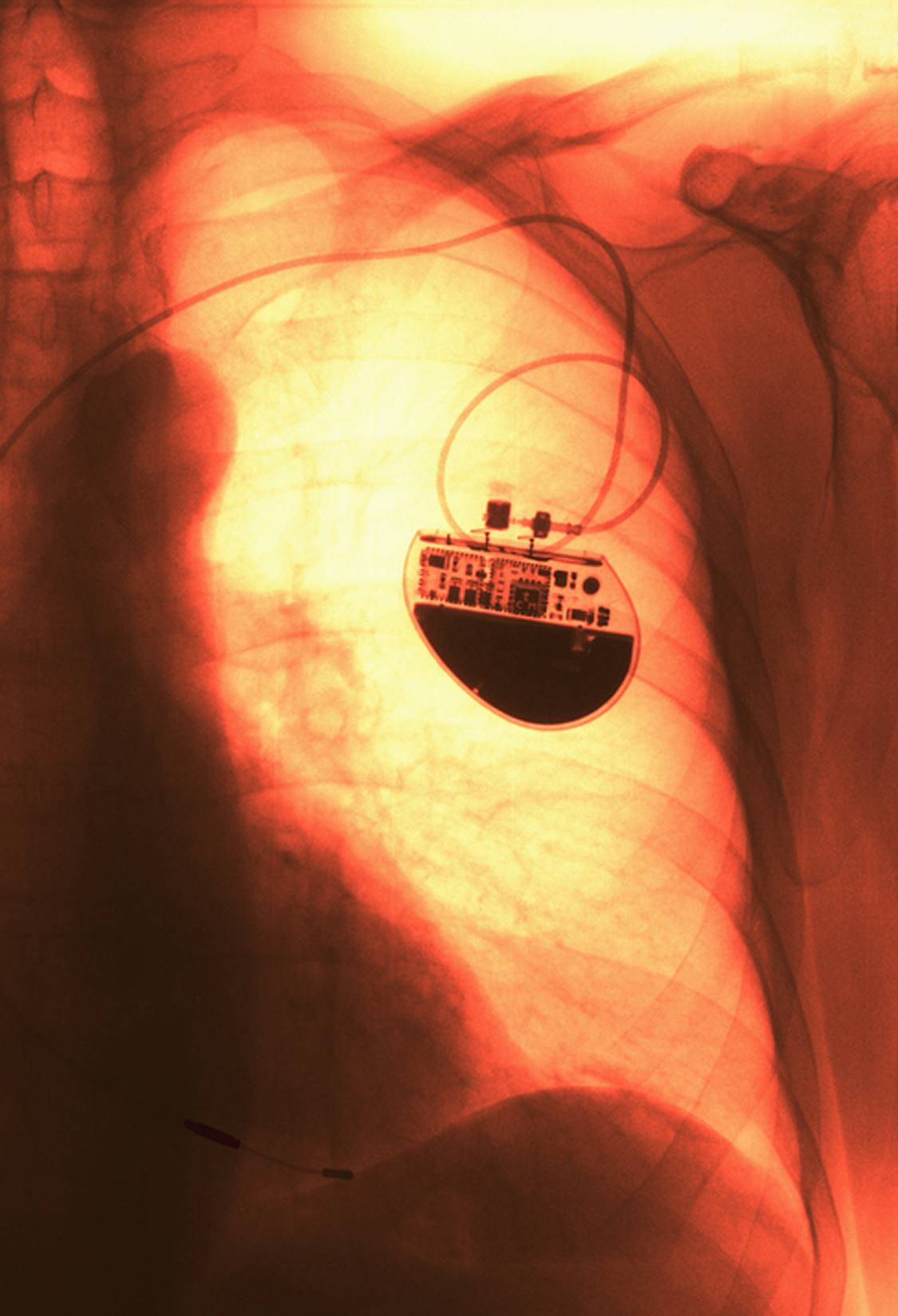Context
There are several concerns with the use of bioelectronic sensors for healthcare applications, including:
-
1. Implantation: Bioelectronic sensors that are implanted into the body can cause discomfort, infection, and scarring, and they can also trigger an immune response that can affect their performance over time. This degradation of the sensor can be toxic to the body.
-
2. Power supply: Bioelectronic sensors often require a power source to operate, which can be a challenge for devices especially those that are implanted inside the body. If at all, bioelectronic sensors must draw power, then it must be at a minimum possible.
-
3. Data security: Bioelectronic sensors can generate sensitive medical information, which must be protected from unauthorized access, hacking, or data breaches.
-
4. Performance: Bioelectronic sensors must be highly accurate and reliable, as even small errors in readings can have significant consequences for patient health.
-
5. Interoperability: Bioelectronic sensors must be able to work seamlessly with other medical devices and software, to enable the exchange and analysis of data.
-
6. Cost: Bioelectronic sensors can be expensive, both to manufacture and to maintain, which can limit their accessibility and affordability for patients.
-
7. Regulatory approval: Bioelectronic sensors must be approved by regulatory agencies such as the FDA, which can be a lengthy and complex process that requires extensive testing and data analysis.
-
8. Designing good bioelectronic sensors remains a challenge due to unavailability of necessary circuit simulation tools. Software currently available may be good for normal electronic circuits, but design of any bioelectronic circuit is different and challenging. Proposed solutions must show that value addition.
We are challenging the community to address these concerns and offer viable solutions to ensure the safety and effectiveness of bioelectronic sensors for healthcare applications and to enable their widespread adoption and use in clinical settings.
How to contribute to this Question
If you believe you can contribute to answering this Question with your research outputs find out how to submit in the Instructions for authors (https://www.cambridge.org/core/journals/research-directions-bioelectronics/information/author-instructions/preparing-your-materials). This journal publishes Results, Analyses, Impact papers and additional content such as preprints and “grey literature.” Questions will be closed when the editors agree that enough has been published to answer the Question so before submitting, check if this is still an active Question. If it is closed, another relevant Question may be currently open, so do review all the open Questions in your field. For any further queries check the information pages (https://www.cambridge.org/core/journals/research-directions-bioelectronics/information/about-this-journal) or contact this email ([email protected]).
Competing interests
The author(s) declare none.



